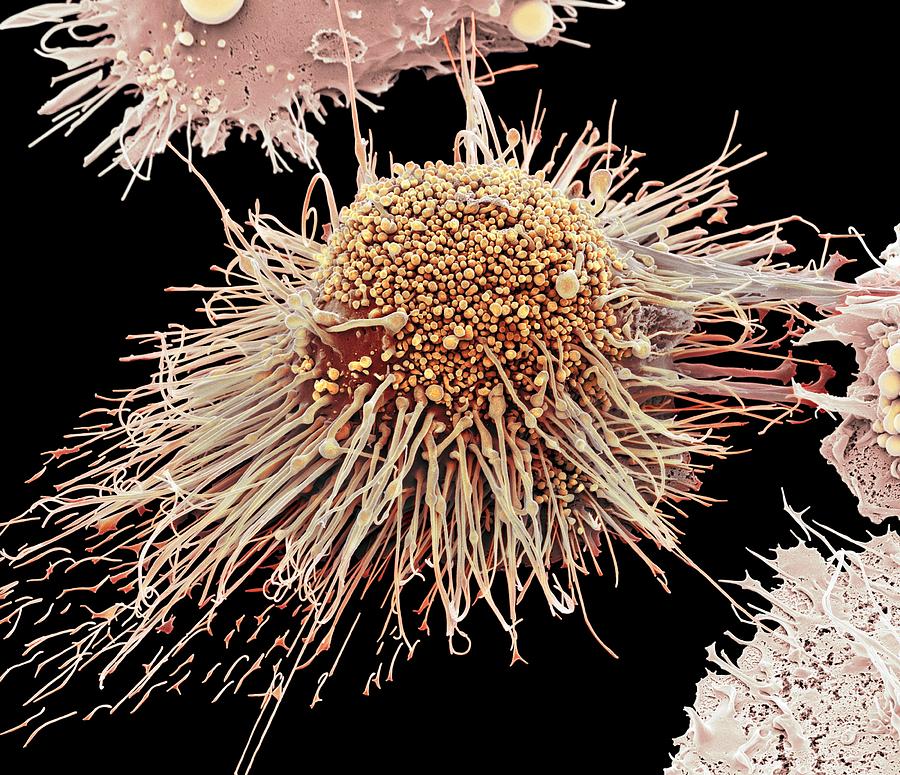The recent decision T 1913/21 highlights a crucial differentiation between second non-medical use claims and process claims. The Board of Appeal found that, according to the established case law, claims in which the technical effect of the invention occurs only as part of a process for producing a product, must be regarded as a process claim and not second non-medical use claims. This distinction has significant implications for the novelty and scope of protection of the claims.
Legal background: The novelty of non-medical use claims versus process claims
The distinction between second non-medical use claims and process claims is crucial for the assessment of novelty. Use claims, e.g. use of compound X for use in a (non-medical) use Y, are an acceptable claim format in Europe. However, specific case law applies to novelty assessment of such claims, as compared to process claims . Second medical use claims are dealt with by different provisions.
For second non-medical use claims, the principles established in decisions G 2/88 and G 6/88 of the Enlarged Board of Appeal (EBA) apply. According to these decisions, a claim to a new use of a known compound for a particular non-medical purpose, which is based on newly identified technical effect should be interpreted as including that technical effect as a functional feature of the claim. Accordingly, such a claim is novel provided that the technical feature has not previously been disclosed (see also Case Law of the Boards of Appeal, I.C.8.1.3).
In other words, according to G 2/88 and G 6/88, a new use based on a newly discovered technical effect of a known compound can be novel even if the physical activity required to carry out the use was already known. For example, the use of compound as e.g. a fungicidal plant spray, may be considered novel even if the use of the compound as a general spray for plants was already known. Whilst the fungicidal use and effect of the compound could be considered inherent in the previous use of spraying plants, the new use is considered to include the fungicidal technical effect as a technical feature of the claim, rendering the claim novel (T 231/85).
Non-medical use claims do not permit patent protection for known products
The EBA in G 2/88 made it clear that its findings on second non-medical use claims applied specifically to use claims that do not result in a product (r. 5.1). For process claims, Article 64(2) EPC states that “[i]f the subject-matter of the European patent is a process, the protection conferred by the patent shall extend to the products directly obtained by such process”. Given that, according to G 2/88, the use considered therein are not those resulting in a product, they should also not fall within the scope of Article 64(2) EPC. As such, second non-medical use claims cannot be used as a back-door method for achieving patent protection for an already known product, even if a new functional feature of the product has been identified.
Case background: Antibody manufacture
T 1913/21 related to Biogen’s European patent EP 2707383 for methods of preventing and eliminating the formation of trisulfide bonds in proteins, e.g. antibodies, during manufacture. Unwanted trisulfide bonds in antibodies are generally undesirable modifications that may inadvertently affect the antibody’s desired function. Claim 1 on appeal was as follows:
“Use of an inhibitor of cysteine degradation for reducing the formation of trisulfide bonds in proteins, wherein the inhibitor of cysteine degradation is selected from pyruvate […], wherein the use comprises: culturing cells expressing said proteins in the presence of an effective amount of the inhibitor of cysteine degradation, whereby trisulfide linkage formation in said proteins is reduced […]”
Claim construction: Use claim or process claim?
Following opposition by Roche, the patent was found to be novel and inventive. The Opposition Division construed claim 1 as a second non-medical use claim directed to e.g. pyruvate for reducing trisulfide bond formation in proteins, wherein the technical effect of pyruvate in reducing trisulfide linkage formation was considered a limiting functional feature of the claim. On appeal, the central issue was whether the claim should be construed as a second non-medical use claim (as argued by the Patentee) or as a process claim for the production of proteins (as argued by the Opponents).
On appeal, the Board of Appeal disagreed with OD’s analysis. The Board of Appeal particularly found that the claim should be regarded as a process claim for the production of proteins, not as a non-medical use claim in the sense of G 2/88 and G 6/88. The Board noted that:
“[T]he claimed subject-matter comprises carrying out process steps, which result in the production of a product. Following the principles laid down in G 2/88 and G 6/88 […] the claimed subject-matter must be regarded as a process for the production of proteins with a ‘reduced’ number of trisulfide linkages, regardless of the fact that the claim is drafted as the ‘use’ of a chemical compound.” (r. 20)
The Board noted that the technical effect stated in the claim (“reducing the formation of trisulfide bonds in proteins”) could not occur except as part of a process for producing proteins:
“[W]here an invention relates to a new technical effect of a physical entity that can only occur as part of a process for the production or manufacture of a product, such that this effect is inextricably linked to and cannot occur in isolation from the production process, a claim directed to that ‘use’ of the physical entity to achieve that effect must be regarded as directed to the production process per se.” (r. 23)
Having construed the claim as a process claim, the Board of Appeal assessed the claims novelty accordingly. The prior art documents disclosed processes for the production of recombinant proteins in which cells were cultured in the presence of pyruvate. The technical effect of “reducing the formation of trisulfide bonds” was not explicitly mentioned in these documents. However, the Board found that because the claimed subject-matter was a process for the production of a product, the stated purpose or effect was not a limiting feature. As a result, the Board concluded that claim 1 lacked novelty.
Conflicting case law?
The Patentee requested a referral to the EBA, arguing that the Board of Appeal’s approach to claim construction represented a deviation from G 2/88. However, the Board of Appeal rejected this request on the basis that the teaching of G 2/88 was limited to true use claims, and that it had therefore properly applied the decision. The Board of Appeal also cited a number of previous decisions, including T 1855/06, T 304/08, T 1179/07, T 684/02, that had also highlighted the limited applicability of G 2/88 and G 6/88.
Interestingly, the Board of Appeal nonetheless acknowledged divergent case law on the issue. In its reasoning, the Board of Appeal explicitly disagreed with decisions T 0062/02 and T 1011/04, which had interpreted similar claims in the sense of G 2/88. Addressing this disagreement head-on, the Board of Appeal in the present case explained that T 0062/02 and T 1011/04 contradicted the established case law. A critical failing of these earlier decisions, according to the Board of Appeal, was their lack of reasoning regarding the distinction between use claims and process claims under Article 64(2) EPC. For the Board of Appeal, these previous decisions did not address why the technical effect recited in the claims should be considered a functional feature when that effect related to a property of the product rather than to the use itself.
Final thoughts
The decision in T 1913/21 provides further clarification on the distinction in the novelty assessment between non-medical use claims and process claims. In its decision, the Board of Appeal made it clear that the format of a claim, and particularly whether or not it includes the word “use”, is not determinative. What matters is the technical subject-matter claimed.
This case thus confirms that the mere drafting of a claim as a “use” claim cannot circumvent the fact that when the claim defines a production process for a product, the claim will be considered a process claim. Therefore, even when a technical effect of a compound is inextricably linked to a production process, the EPO is still likely to treat such a claim as a process claim and not a use claim, regardless of the claim format.
Antibody manufacturing patents can be valuable if they protect a generally applicable method that is adopted by the industry. However, process patents also have significant drawbacks, given that competitors may be able to easily design around process claims or use the method without this being readily apparent to the patentee. The patentee in the present case faced the even more fundamental problem that the antibody manufacturing process they were seeking to protect involved a compound already commonly used in antibody manufacture. The method was therefore considered inherently disclosed by the prior art methods, despite the identification of a new technical effect of the compound and the “use” format of the claim.
Need expert IP guidance in the biotech or pharma sector?
Navigating the complexities of intellectual property in the fast-paced pharmaceutical and biotechnology industries demands specialized insight. At Evolve, we don’t just understand the science; we understand how to translate it into powerful, defensible IP strategies that drive commercial success. Our team, with extensive experience in both in-house and private practice, is uniquely positioned to provide the tailored, pragmatic solutions your innovations deserve. Don’t let evolving legal frameworks or complex challenges hinder your progress. Contact Evolve today and unlock the full potential of your intellectual property. Let’s discuss how we can secure your innovations and help you thrive in this dynamic landscape!









